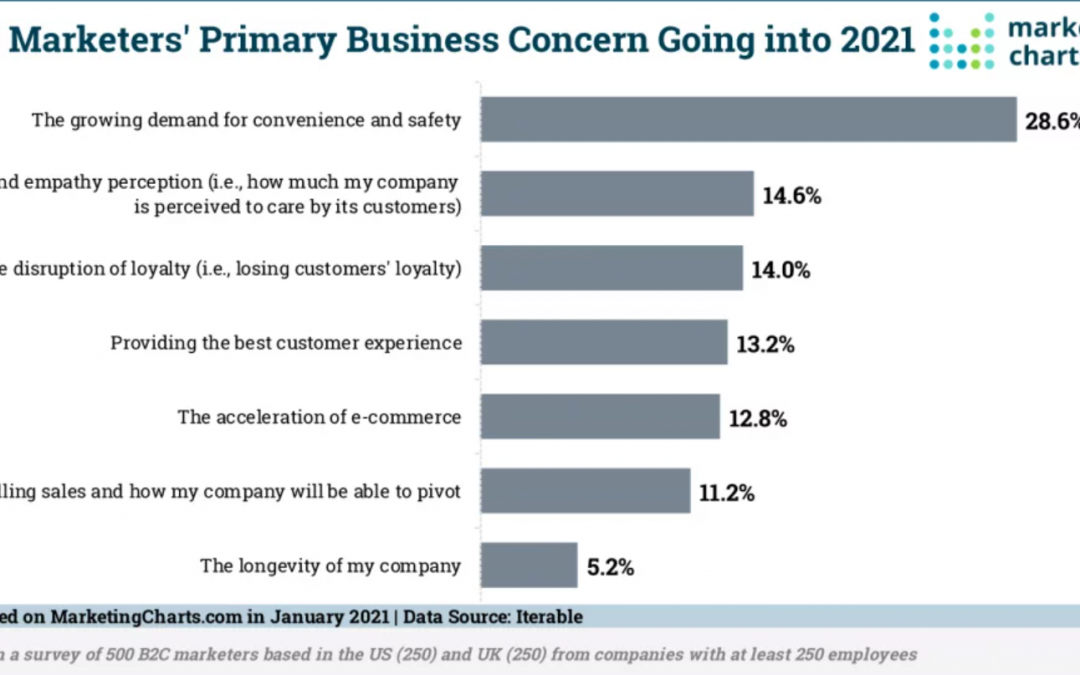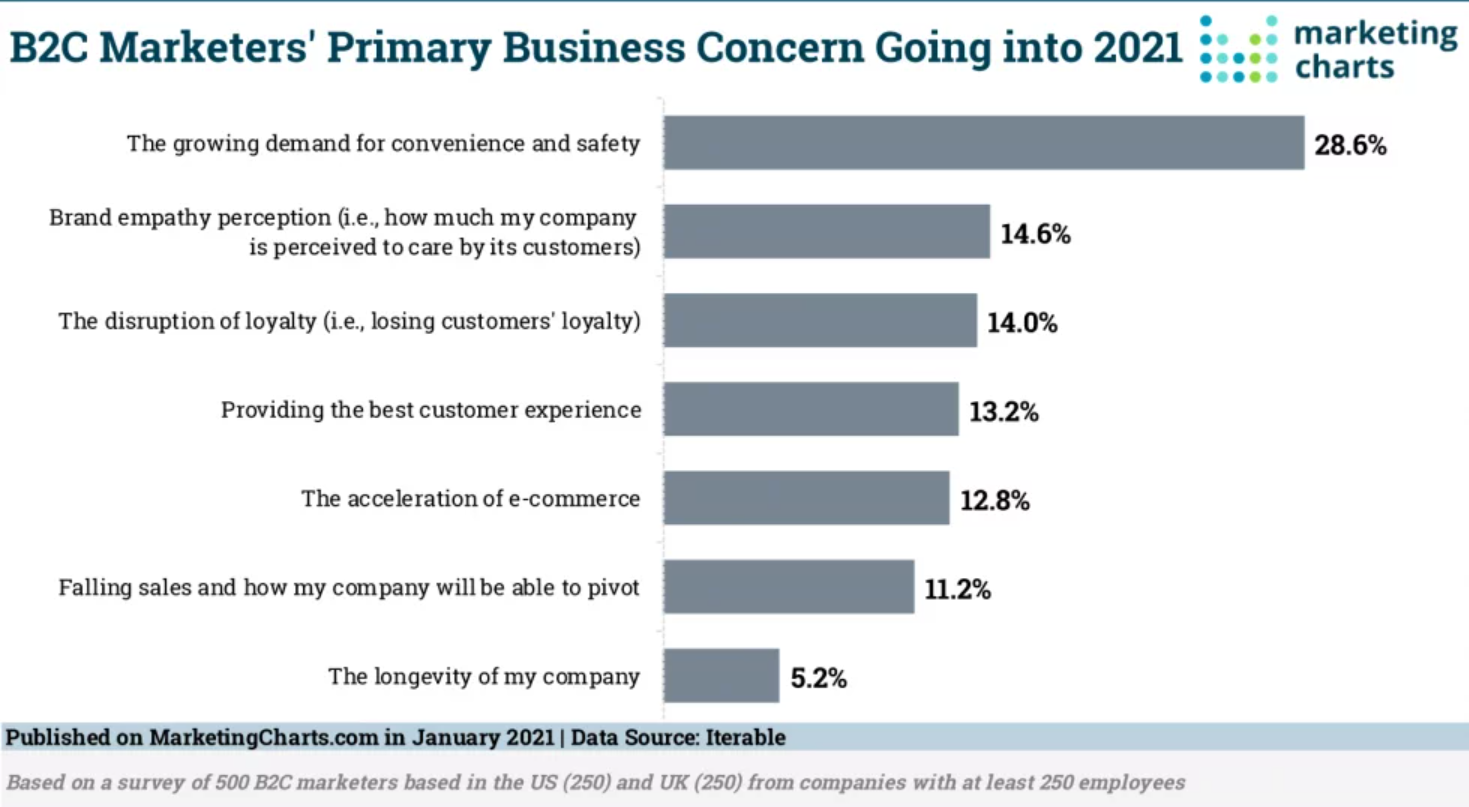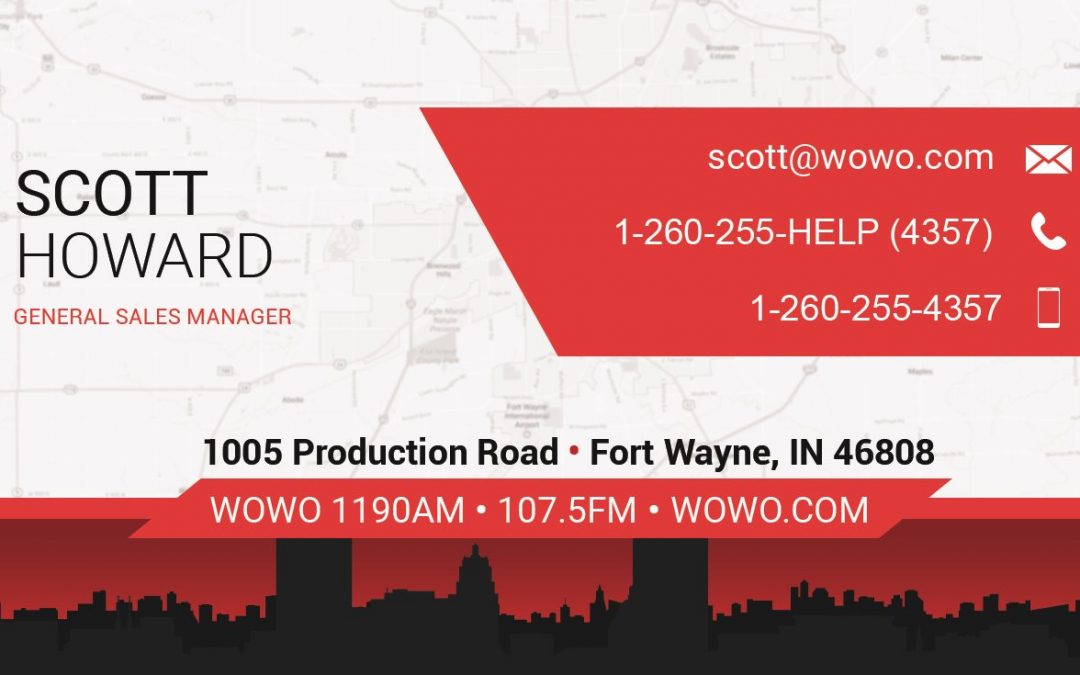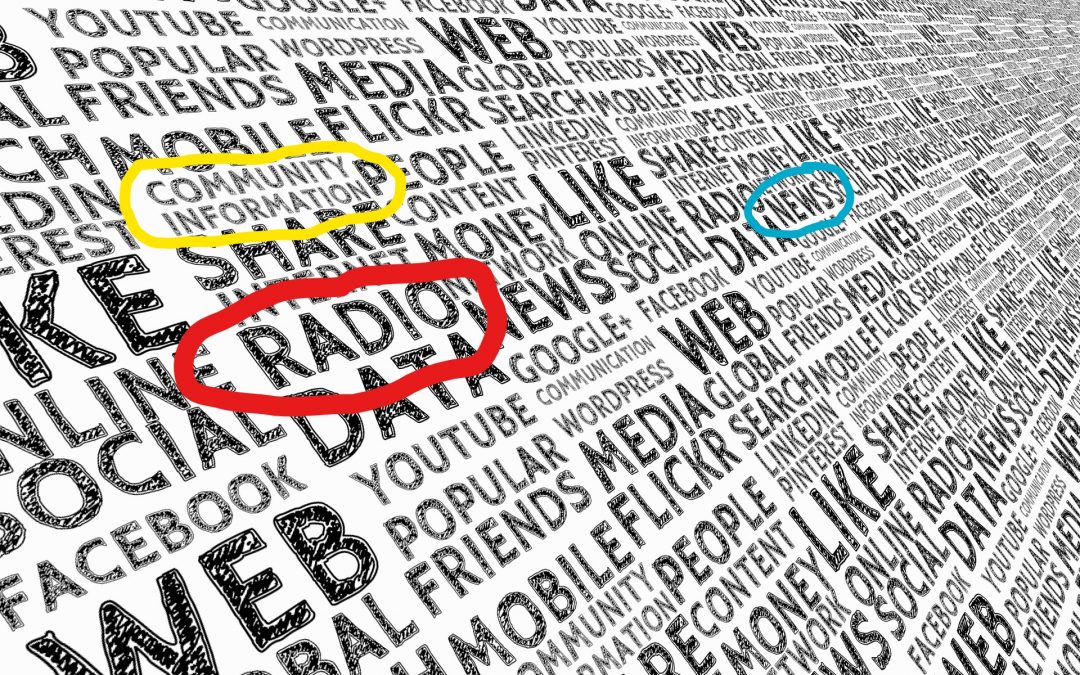I was reading a blog post last week from the Radio Advertising Bureau that includes several facts and figures I am going to share with you in this 2nd part of an ongoing series as to why WOWO radio is your best choice for advertising.
But first, a little comparison of the changes that are occurring in the media and advertising world.
Television viewership continues to drop like a rock.
This month the television awards show that celebrates the very best on TV, the Emmy Awards was hosted by one of the Jimmies. Kimmel or Fallon, most people don’t know who is who since they both host late night talk shows. Let’s see, the Emmys were on ABC, so it was the ABC Jimmy.
US viewership crashed according one headline, to 6.1 million this year. You would think that with all the stay at home orders, it would be up this year. Last year it dipped below 7 million for the first time. This is a trend that has been going on for the past 2 decades. Ten years ago 13. 5 million watched and back in the year 2000, nearly 22 million watched the Emmy Awards.
I just reviewed the list of winners and there were just two winners that I saw from the 100+ awards. The Superbowl halftime show and The Last Dance special series.
I have no intention of watching more TV in the future, there are a few shows that my wife and I will view when they return later this fall, but mostly on our own schedule. Primetime TV viewership is a thing of the past in my family.
Advertising on TV is getting diminishing results.. I’ve had some of my advertising partners complain about this. Sounds like the kind of stories I used to hear from people who relied on newspapers and phone books in the past.
So what about radio? This article from RAB points out that radio listenership remains steady but it also takes a deep dive into the audience that makes up a significant portion of the WOWO radio audience. Baby Boomers.
Have you ever heard of Sutton’s Law? It’s based on the principle that when diagnosing something, you should first consider the most obvious. It is based on bank robber “Slick” Willie Sutton’s response to a reporter’s question: “Why do you rob banks?” His response? “Because that’s where the money is!” This same response could be applied to the question; “Why boomers?” According to Deloitte, boomers will be the wealthiest generation in America through 2030. As of 2019, boomers were among the most affluent households, yet this group is not highly targeted. In fact, only 10% of marketing budgets is set aside to boomers, despite them outspending every other generation by $400B annually.
As a Boomer myself, I know that this is the time of my life that I have been the most financially stable with the ability to make purchases without as much hesitation as I was doing even 10 years ago. It’s a combination of where most Boomers are in their personal life cycle and the fact that there are just so many of us, that will keep Baby Boomers a highly desirable consumer for the next decade.
Born between 1946 -1964, they don’t easily fit into a traditional ad-buying demo, so for the purposes of this analysis, let’s look at one segment – 55-64.
Radio reaches 91% of these adults weekly. When they tune in, they listen for 15.4 hours every week – greater than the adults’ average of 12.8. They are an engaged audience. When it comes to radio listeners in this age group, they are more likely to:
- Spend $1,000-$2,000 in home improvements (32% more likely)
- Spend $7,500 or more on remodeling (54%)
- Spend $120-$149 every week on groceries (22%)
- Purchase or lease a $40K-$50K vehicle (26%)
- Own a vacation home, farm or investment property (46%)
Despite the pandemic, boomers are still financially stable. Based on a Gfk-MRI survey (August), 59% believe they are in the same shape financially as they were a year ago despite the pandemic. Advertisers should take note to continue to target this group as they are brand loyalists. Based on this same survey, 77% plan on returning to their favorite brands.
When my company temporarily reduced wages by 20% for everyone for a few months this year, the effect on my family was minimal. And as far as brand loyalty, we have done both, stuck with or returned to many of our favorites, but also added a few more options when we are spending money.
Here’s the rest of the article from RAB:
These radio listeners are also ready to go once the pandemic is over. When it comes to purchases, they are ready to return to physical brick-and-mortar locations:
- 32% more likely to purchase shoes
- 30% to purchase clothing
- 23% to purchase groceries
- 16% to purchase home improvement supplies
- 15% to purchase furniture
When it comes to boomers, “Slick” Willie Sutton would say the same thing to advertisers as he did to a reporter about why he robbed banks. The key is here is to just simply target them. With reach and high tune-in time, radio is the medium to do just that. It’s obvious. It’s Sutton’s Law.
Every month, I receive updated rating data on local radio station listenership and WOWO radio, with our News/Talk format continues to dominate with the absolute largest audience of grown-ups in our area. Want to invite them to be your customers? Contact me.





